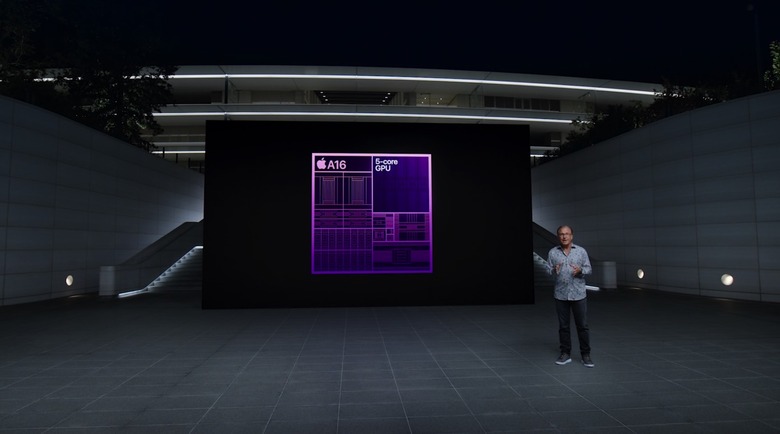Report: iPhone 14 Pro GPU Suffered From 'Unprecedented' Drawback Due To Engineering Mistake
When Apple introduced the iPhone 14 Pro in September, the company briefly highlighted the advantages of the A16 Bionic processor. After tests and benchmark scores, users noted that Apple offered small improvements compared to other generations of chips.
Now, a paywalled report by The Information (via 9to5Mac) shows that the GPU of the A16 Bionic chip could have been way better if it wasn't for an engineering mistake found late in development, making the team have to scrap some of its plans.
According to employees heard in the story, they have to work "extremely long hours" with "stressful workloads." The report shows these engineers were "too ambitious with adding new features," with prototypes draining more battery than it would be possible for customers to use, in addition to thermal issues.
With that, the engineers had to use most of the iPhone 13 Pro's GPU characteristics to ship the new A16 Bionic chip. If it wasn't for the flaws, Apple wanted the graphics processor to feature ray tracking, a lightning technique that brings a better level of realism to games.
The Information says that this GPU mistake is described as "unprecedented in the group's history." That said, the publication highlights that many of Apple's top chip engineers have departed the company in the last few years, whether to create a startup or to move to another company.
9to5Mac highlights:
The article also says Apple has tried to reduce the amount of brain drain in the unit, by showing presentations to engineers that highlight the riskiness of chip startups and warning that most fail. A job at Apple is positioned as the safer choice in the face of economic downturn.
You can read The Information report in full here, which dives deeper into this issue with the iPhone 14 Pro GPU, alongside the ongoing lawsuits with Nuvia and Rivos, founded by former Apple engineers.
